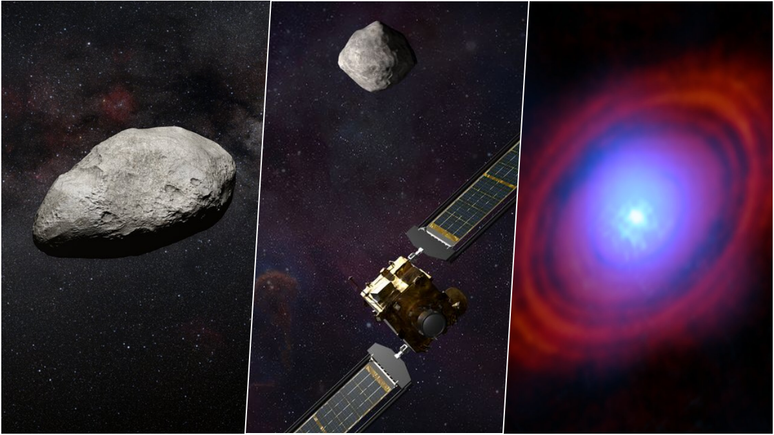Discover the top space news from the week of March 24 to March 1, 2024 and stay up to date on everything that matters most in the world of astronomy!
The last week of the month was full of news about our Solar System and space missions, not all of it positive. But we’ve also seen new discoveries about the older universe, with supermassive black holes intriguing scientists.
Check out the weekly summary of the week’s top astronomical news.
Images of the near-Earth asteroid
A NASA photographed asteroid 2008 OS7 during its approach to Earth, 2.9 million kilometers away. This distance corresponds to 7.5 times the distance to the Moon, that is, it did not represent any danger.
Due to the current occasion, an object not from LEO or GEO but from a little more distant. In Australia, one of our telescopes observed asteroid 2008 OS7 today. pic.twitter.com/pp6mXHPChC
— s2a systems (@s2a_systems) February 2, 2024
Although it did not threaten us, this object is classified as potentially dangerous to Earth, since its orbit could bring it closer to our planet. But this is not expected to happen in the next few centuries.
The change of Dimorphos after the DART mission
Speaking of asteroids, it seems that the Dimorphos has undergone some changes significant consequences after the DART mission, which crashed a spacecraft onto its surface. In addition to having changed orbit in 33 minutes, which was the primary objective of the mission, the object would now appear to be a pile of rubble, much like the asteroid Bennu.
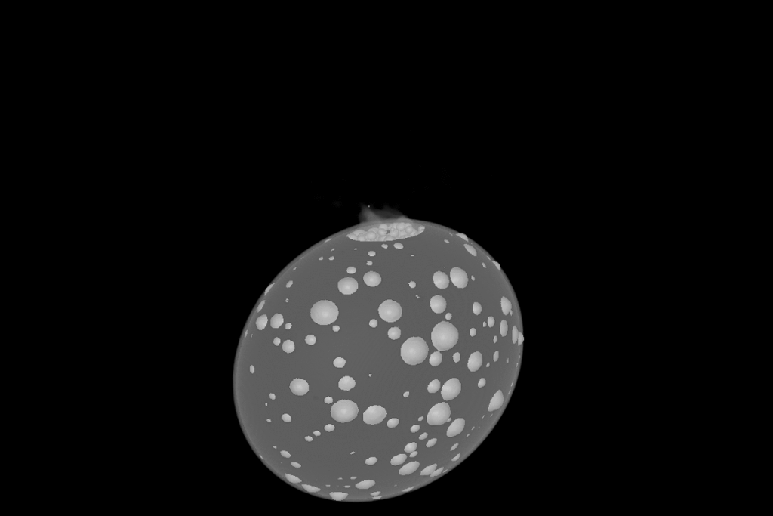
In the simulation, scientists found that Dimorphos reacted to the impact similarly to other asteroids, such as Ryugu and Bennu. This was a surprise, given the differences in the composition of these bodies.
The 3 oceans of water around a star
The disk of gas and dust around the star HL Tauri would have three times more water than our planet’s oceans, according to a new study. There are planets forming in this region, so it is possible that some of them will become water worlds. The water around the star is in the form of vapor distributed in cold and stable disks, ideal for planetary formation.
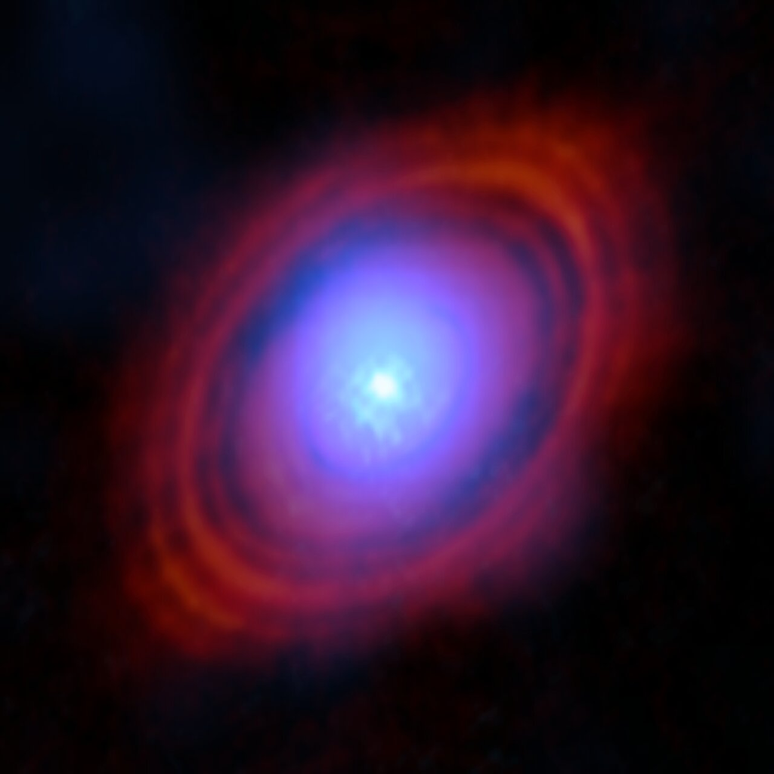
This is the first time that astronomers have mapped the presence of this molecule in protoplanetary disks around stars. Another positive aspect is that HL Tauri is similar to the Sun and is only 450 light-years away, which makes studies with modern telescopes much easier.
The new moons in Uranus and Neptune
Astronomers have discovered three new moons in the Solar System: two on Neptune and one on Uranus, for a total of 16 and 28 moons respectively. They are the faintest ever found around these planets.
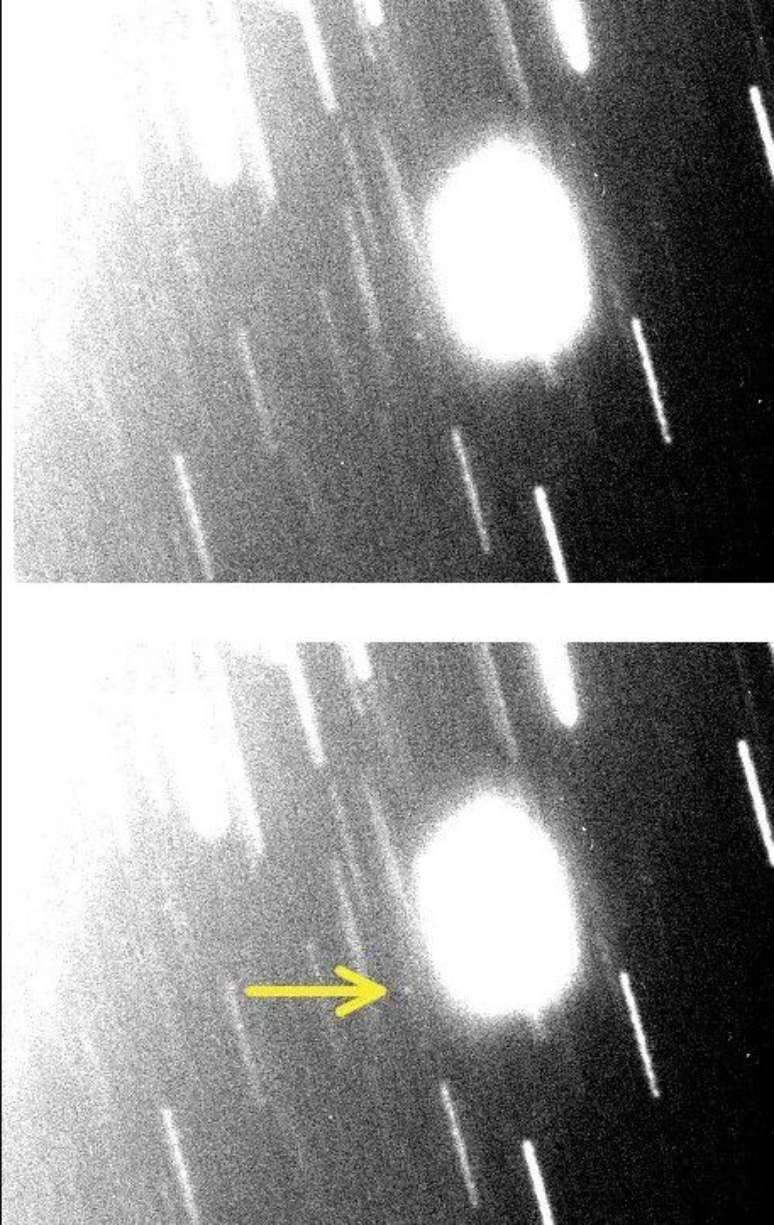
Two of them are around Neptune, called S/2021 N1 and /2002 N5; On Uranus, the moon is called S/2023 U1. All three objects will receive official names based on the naming system used for each planet, meaning Shakespeare’s plays call Uranian objects, name Nereids, Neptunian bodies.
Air leak in the Russian module of the ISS
One new air leak detected in a Russian module of the International Space Station (ISS), where a Progress spacecraft is docked. The station’s program director a NASA ensures that there is no risk to the astronauts on board, and the American agency is collaborating with Russia to monitor the situation.
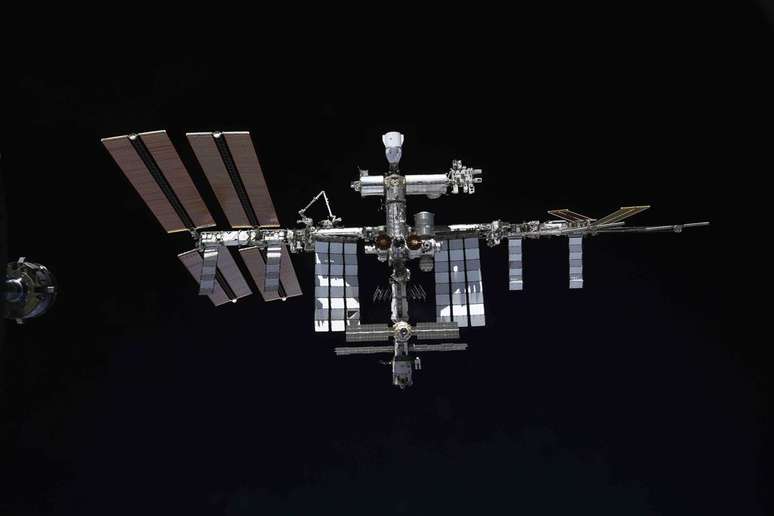
The Crew-8 mission, originally scheduled for Friday (1), was postponed, but officials clarified that the leak issue would have no impact on the launch. Therefore the new date (3) was only set due to bad weather.
IM-1 mission failure?
Well, after the private mission Peregrine failed in its goal of reaching the Moon, it was the turn of the Ulysses be extinguished. The company announced that, after landing on its side on the lunar surface, the spacecraft would lose contact with Earth well ahead of schedule, or 10 days.
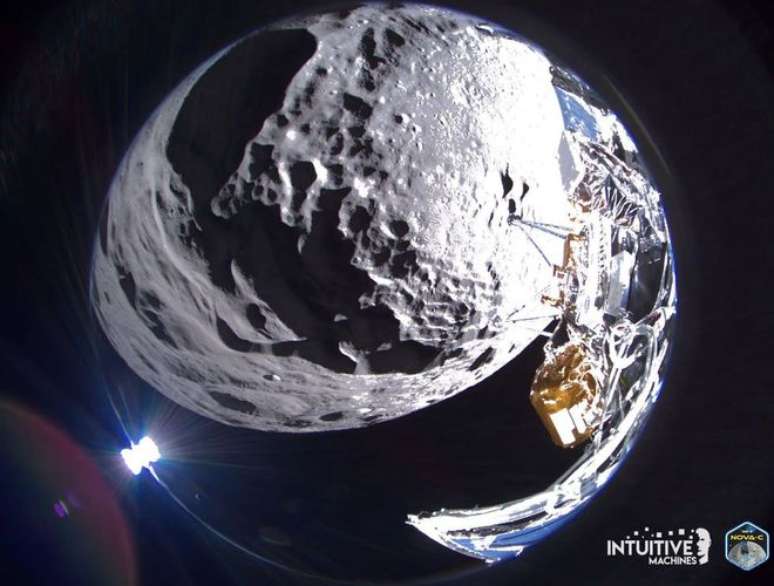
Although it managed to land on the Moon, a problem with one of the legs caused the spacecraft to overturn, damaging components such as some communication antennas with the Earth. The company, which has signed a contract with NASA to send payloads to the Moon, admitted that the crash of the module prevented its proper functioning.
The star that could explode this year
Betelgeuse, a star that many expected to see explode into a supernova years ago, did not offer us this spectacle. However, astronomers are pinning their expectations on another star behaving strangely. We are talking about T Coronae Borealis, star expected to explode this year.
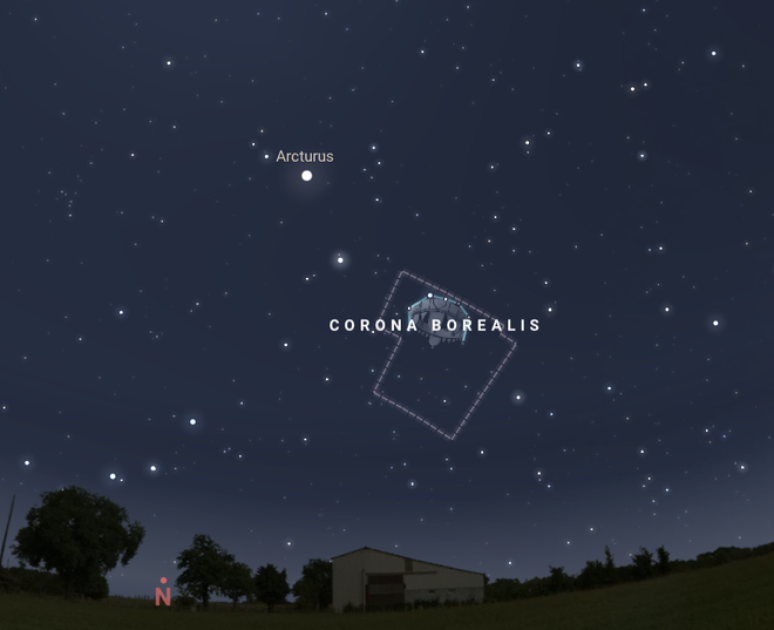
But don’t worry, it’s not exactly what we would like to see: this star is located three thousand light years from Earth and undergoes some cyclical explosions, which occur every 80 years. The last explosion occurred in 1946 and the next one is expected to occur between February and September this year.
In other words it is not a supernova, but occasional explosions which can still be very interesting. The object normally has magnitude +10 (not visible to the naked eye), but must reach magnitude +2 (the lower the number, the brighter). In other words, a new star must appear visible in the sky, at least for some time.
The usefulness of Earth’s minions
Minimons (small bodies with orbits partially influenced by Earth) do help scientists better understand the Solar System and the history of its formation. The plan is to send missions to these objects, taking advantage of their shorter distances compared to other celestial bodies.
NASA has said that collecting samples from these minions could be more useful in asteroid research than analyzing meteorites that fell to Earth, as these are contaminated by our planet. Scientists plan to study the presence of organic molecules and water in minions, potentially revealing some secrets of our cosmic backyard.
The most massive pair of black holes ever seen
Scientists have observed the the most massive binary pair of the black hole already found it and we were quite intrigued. This is because, contrary to theoretical predictions, the two objects are separated by only 24 light years; they are close enough to merge, but have remained that way for more than three billion years.
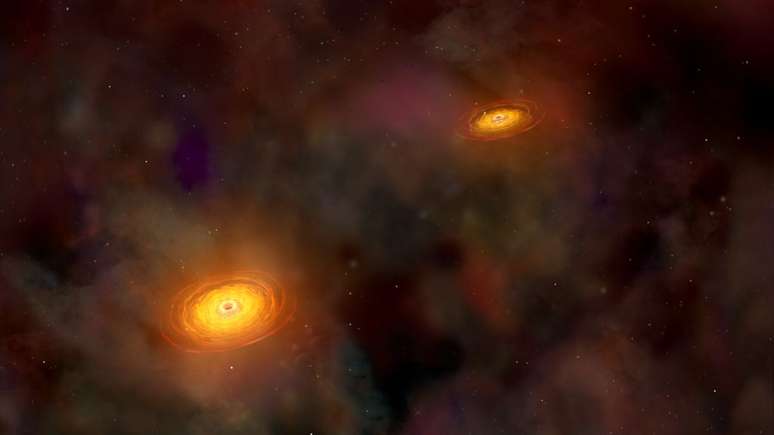
This binary system formed after the merger of two galaxies, each with a supermassive black hole at its center. The process should also lead to the merger of black holes, but this has not happened. In reality, scientists have never observed this type of fusion and there are still doubts whether they are really possible or whether the theory needs to be revised.
Trends on Canaltech:
- Vladmir Komarov: the last words of the cosmonaut who fell from the sky
- Transparent laptop, smelly cell phone and more: the highlights of MWC 2024
- WhatsApp tests the new look in Android app menus
- The video shows the construction of the Pharaonic city measuring 170 km in the desert
- Oppo Watch X launches with up to 100 hours of battery life and two operating systems
- The 45 most anticipated films of 2024
Source: Terra
Rose James is a Gossipify movie and series reviewer known for her in-depth analysis and unique perspective on the latest releases. With a background in film studies, she provides engaging and informative reviews, and keeps readers up to date with industry trends and emerging talents.

